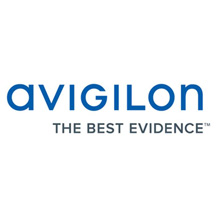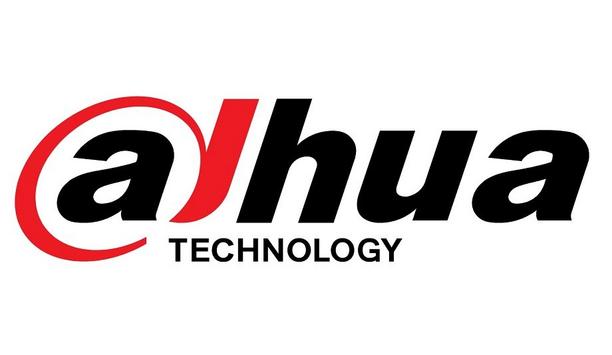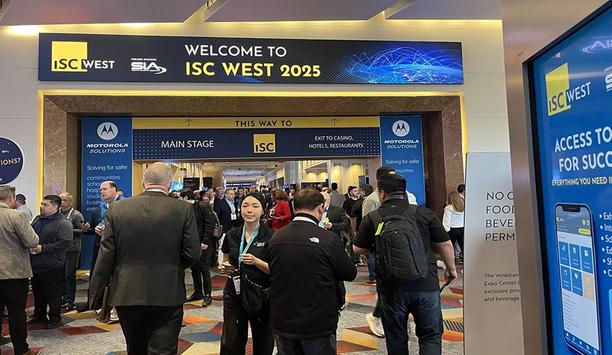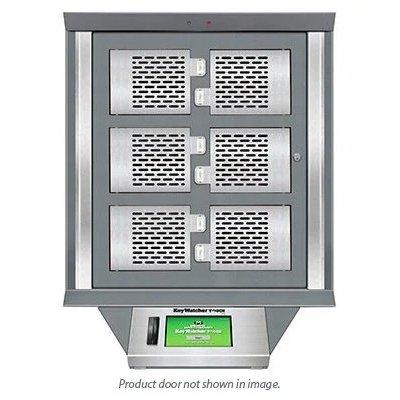 |
| The company’s first donation was awarded to the downtown Eastside Women’s Shelter (DEWC) in Canada |
Those who follow the security industry closely understand the multitude of uses for HD surveillance. While business intelligence and protecting assets are huge benefits to having an HD surveillance system, the primary function of the technology still boils down to safety.
In 2012, Avigilon committed to assisting deserving charities in need of a HD system that would help safeguard people, property or the environment. The company’s first donation was awarded to the Downtown Eastside Women’s Shelter (DEWC), which is located in Vancouver, Canada, the same city as Avigilon’s corporate headquarters.
The DEWC serves over 300 women, children and seniors daily and provides emergency shelter for up to 60 women each night. The donated system was installed to help prevent theft, deter unsafe incidents and keep emergency shelter users safe as many of them go there to escape violence and abuse.
For the next donation, Avigilon placed a worldwide call for people to nominate the charity they believed could benefit most from a full, HD surveillance system. After receiving dozens of nominations, Avigilon identified five outstanding organisations as finalists.
Harbor House, USA
In 2012, Avigilon committed |
Located in Orlando, Florida, Harbor House is a safe house for men, women and children who are victims of domestic abuse and human trafficking. Since the 1970s, Harbor House has been highly regarded as one of the best comprehensive domestic violence programs in the State of Florida. They have five main programs to support their mission: emergency shelter, children’s services, community outreach, legal advocacy services and community and professional education. Since Harbor House is located in a dangerous area in Orlando, the local ASIS chapter has been trying to assist with security at the shelter and protecting vulnerable people but it does not have a proper surveillance system.
Rachel House Children's Hospice, Scotland
One of only two children's hospices in Scotland, this organisation provides families with sick babies and children a place to enjoy time together as a family. Rachel House, Scotland’s first children’s hospice, was opened in 1996 and can accommodate up to eight families from across Scotland at any one time. Expert care is on hand around the clock to help them make the most of each day and live life to the fullest. The Avigilon system would enable parents of patients to monitor their children remotely when they are not able to be at the hospice.
Dorothy House, United Kingdom
The England-based hospice gives free physical, psychological, social and spiritual care and support to people with life-threatening illnesses. The charity focuses on quality of life and respecting the uniqueness of each person and their family. Dorothy House seeks to promote the development of palliative care through education of others and research. After a string of recent break-ins, where the hospice lost an estimated £25,000, Dorothy House inquired with local partner on obtaining a surveillance system but were unable to afford it.
Won Life, South Africa
Some of the nominated |
Since 2002, Won Life has provided education to over a 1,000 underprivileged children in South Africa. The Fisantekraal-based charity teaches children to cope and prevent relevant adolescent issues such as HIV/AIDS, gangs, teenage pregnancy, violence and drug abuse. The organisation believes that with a good education, children have the opportunity to break the cycle of poverty and carve out a preferred future for themselves and their families. A quality HD surveillance system will not only ensure the safety of the many children who attend Won Life, but to the staff, who provide their time and money to ensure these children are provided with basic education.
Grace Mugabe Foundation, Zimbabwe
Forty kilometres from Zimbabwe’s capital of Harare, lies the largest children's charity in the country. The Grace Mugabe Foundation, named after Zimbabwe’s first lady, provides shelter, education and health facilities for 2,000 vulnerable and homeless children. In many cases, the children stay in the home until they are adults and are ready to look after themselves. Because the home is a situated on a large campus with thousands of children to keep track of, the charity is in need of a sophisticated HD surveillance system to protect the residents and staff.


















